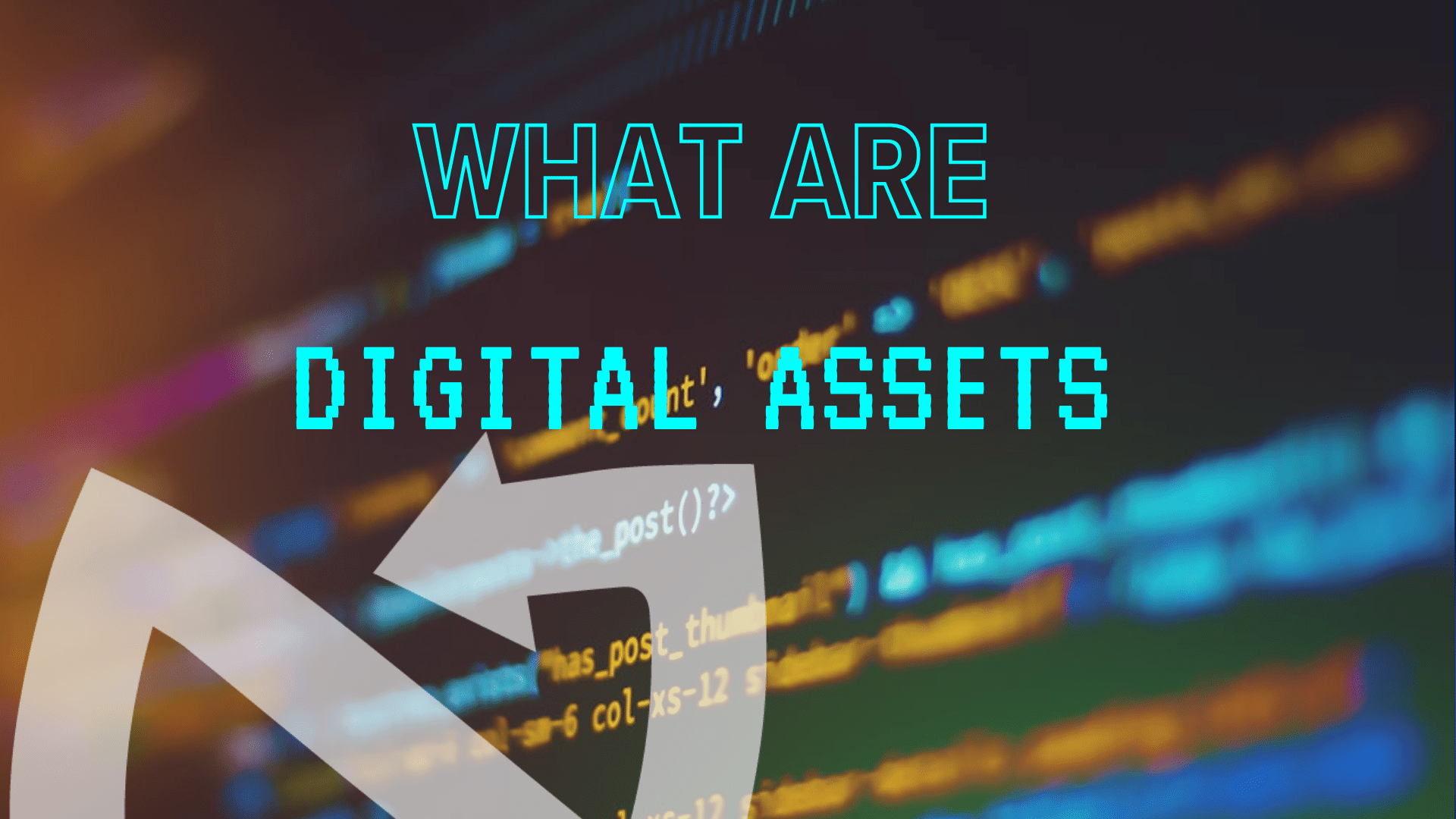In 2024, assets are no longer just physical. They’ve evolved into digital forms, transforming the way we interact, work, and do business. Digital assets are a crucial part of our lives. They’re in the music we stream, the e-books we read, and the cryptocurrencies we trade.
But what exactly are digital assets? How do they impact our economy and industries? And how can we manage and leverage them effectively? This guide aims to answer these questions. We’ll delve into the world of digital assets, providing clear examples and explaining their significance.
Whether you’re a digital marketer, a business owner, or just curious about the digital world, this guide will offer valuable insights. So, let’s embark on this journey to understand the different types of digital assets and their role in our digital lives.
What Are Digital Assets?
Digital assets are any data or content in digital form that hold value. They can be owned or controlled and provide benefits to the owner. These assets can take many forms. They can be tangible, like software, or intangible, like intellectual property.
Digital assets are not just about ownership. They also include rights to use digital content, like licenses or subscriptions. In essence, if it’s digital and holds value, it’s a digital asset. But why are these assets so important in today’s economy?
Defining Digital Assets
A digital asset is any content, in binary format, that comes with the right to use. These assets can be stored, transferred, and used digitally. They exist in the form of data, not physical matter.
From a business perspective, digital assets include anything from website content to digital marketing materials.
The Importance of Digital Assets in Today’s Economy
- Digital assets are the backbone of the digital economy. They drive online transactions and digital interactions.
- They enable businesses to reach customers globally, breaking down geographical barriers.
- Digital assets also provide new revenue streams. For instance, a software company can sell licenses to use its software.
- In short, digital assets are reshaping our economy, creating new opportunities and challenges.
Examples of Digital Assets
Digital assets come in many forms. They can be as simple as a digital document or as complex as a piece of software.
Here are some common examples of digital assets:
- Cryptocurrencies
- Digital media (art, music, videos, e-books)
- Software and applications
- Websites and blogs
- Social media accounts
- Digital databases and archives
- Digital marketing materials (logos, banners, ads)
- Digital subscriptions and licenses
- Digital customer data
- Intellectual property rights for digital content
Cryptocurrencies and Virtual Assets
Cryptocurrencies are a prime example of digital assets. They are digital or virtual currencies that use cryptography for security.
Bitcoin, the first and most well-known cryptocurrency, is a digital asset. Other cryptocurrencies like Ethereum and Litecoin are also involved.
Virtual assets also include digital tokens and non-fungible tokens (NFTs), which exist solely in the digital realm.
Digital Media: Art, Music, Videos, and E-books
Digital media are another form of digital assets. They include digital art, music, videos, and e-books.
These assets can be bought, sold, or licensed. For example, an e-book can be sold on platforms like Amazon Kindle.
Digital media also include digital photos, graphics, and designs. These assets are often used in digital marketing and advertising.
Software and Applications
Software and applications are valuable digital assets. They include everything from operating systems to mobile apps.
These assets can be proprietary, like Microsoft Office, or open-source, like Linux.
Software licenses, which grant the right to use the software, are also digital assets.
The Role of Digital Assets in Different Industries
Digital assets play a crucial role in various industries. They are the backbone of the digital economy. In the media industry, digital assets like videos, music, and images are the primary products. They are created, distributed, and monetized digitally.
In the tech industry, software and applications are key digital assets. They drive innovation and provide solutions to various problems.
In the finance industry, digital assets like cryptocurrencies are disrupting traditional financial systems. They offer new ways of transferring and storing value.
In the education sector, digital assets like e-books and online courses are transforming how we learn. They make education more accessible and flexible.
Content Marketing and SEO
In content marketing and SEO, digital assets are indispensable. They help businesses attract, engage, and convert their target audience. High-quality content, like blog posts and infographics, are valuable digital assets. They can improve a website’s search engine ranking and drive organic traffic. Other digital assets, like keywords and meta tags, are also crucial for SEO. They help search engines understand and index web content.
E-commerce and Online Retail
In e-commerce and online retail, digital assets are at the heart of business operations. They include product images, descriptions, and customer reviews. These assets help customers make informed purchasing decisions. They also enhance the online shopping experience. Digital payment systems, another form of digital assets, facilitate online transactions. They make e-commerce possible and convenient.
Managing Digital Assets: Best Practices
Managing digital assets effectively is crucial. It ensures these assets are easily accessible and secure. A well-organized digital asset library can save time. It can also improve productivity and collaboration. Regularly updating and backing up digital assets is also important. It prevents data loss and ensures relevancy.
Digital Asset Management (DAM) Systems
Digital Asset Management (DAM) systems can simplify asset management. They provide a centralized location for storing and organizing digital assets. DAM systems also offer search and retrieval features. These make finding specific assets quick and easy. Moreover, DAM systems can track asset usage. This can provide valuable insights for decision-making.
Security and Copyright Considerations
Security is a major concern when managing digital assets. Unauthorized access can lead to data breaches. Implementing strong security measures is essential. These can include encryption, two-factor authentication, and regular security audits. Copyright is another important consideration. Ensuring proper licensing and usage rights can prevent legal issues.
The Future of Digital Assets
The future of digital assets looks promising. They continue to evolve and expand in scope and importance. Emerging technologies like blockchain and AI are shaping the future of digital assets. They are creating new possibilities and challenges. The value and influence of digital assets will likely continue to grow. They will play an increasingly central role in our digital lives.
Emerging Trends and Technologies
Blockchain technology is revolutionizing digital assets. It’s driving the rise of cryptocurrencies and NFTs. Artificial Intelligence (AI) is another game-changer. It’s transforming how we create, manage, and use digital assets. These technologies are just the tip of the iceberg. The digital asset landscape will continue to evolve with technological advancements.
Conclusion: Leveraging Digital Assets for Growth
Understanding and leveraging digital assets is crucial in today’s digital economy. They can drive growth and offer competitive advantages. Whether it’s for personal use or business, digital assets hold immense potential. They can generate revenue, enhance brand identity, and improve user experience.
In conclusion, digital assets are more than just online content. They are valuable resources that can fuel growth and innovation. Embracing digital assets is not just an option, but a necessity in the digital age.



